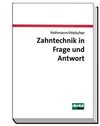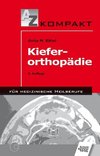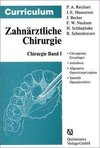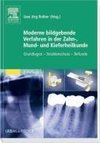
-
 Anglický jazyk
Anglický jazyk
Orthodontic wires: A review
Autor: Suraj Potdar
Orthodontists need a variety of devices, made from a large array of materials, which, insofar as possible, must be harmless. This obvious demand also is probably the most difficult to meet. According to Paracelsus, the sixteenth century alchemist and physician,... Viac o knihe
Na objednávku
33.30 €
bežná cena: 37.00 €
O knihe
Orthodontists need a variety of devices, made from a large array of materials, which, insofar as possible, must be harmless. This obvious demand also is probably the most difficult to meet. According to Paracelsus, the sixteenth century alchemist and physician, "All substances are poisons. There is none which is not a poison. The right dose differentiates a poison from a remedy." Nearly 500 years later, this primary concern remains the same. Recent advances in orthodontic wire alloys have resulted in a varied array of wires that exhibit a wide spectrum of properties. Up until the 1930's the only orthodontic wires available were made of gold. Austenitic stainless steel, with its greater strength, higher modulus of elasticity, good resistance to corrosion and moderate costs, was introduced as an orthodontic wire in 1929 and shortly afterwards gained popularity over gold. Since then several other alloys with desirable properties have been adapted in orthodontics. These include cobalt chromium, nickel titanium, beta titanium and multistranded stainless steel wires.
- Vydavateľstvo: LAP LAMBERT Academic Publishing
- Rok vydania: 2018
- Formát: Paperback
- Rozmer: 220 x 150 mm
- Jazyk: Anglický jazyk
- ISBN: 9786139818587




 Nemecký jazyk
Nemecký jazyk 





 Španielsky jazyk
Španielsky jazyk 

